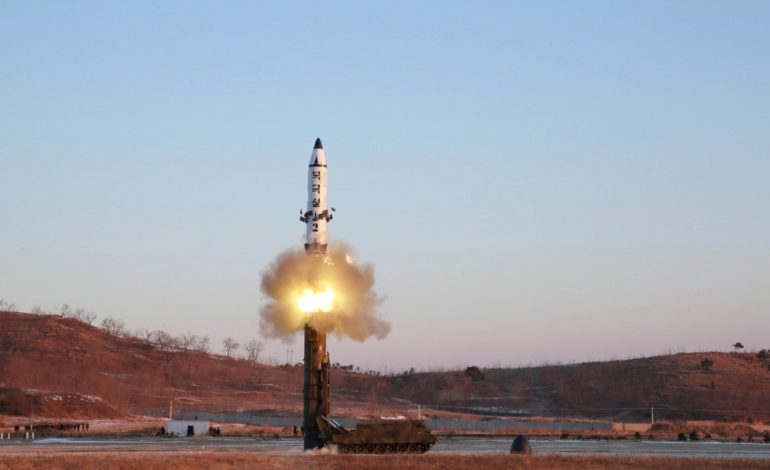The U.S. military’s Pacific Command said it was assessing the type of missile that was fired but it was “not consistent with an intercontinental ballistic missile”. The U.S. threat assessment has not changed from a national security standpoint, a U.S. official said.
Japanese Defense Minister Tomomi Inada said the missile could be a new type. It flew for 30 minutes before dropping into the sea between North Korea’s east coast and Japan. North Korea has consistently test-fired missiles in that direction.
A U.S. official, speaking on condition of anonymity, said the missile landed 97 km (60 miles) south of Russia’s Vladivostok region.
U.S. Ambassador to the United Nations Nikki Haley called the launch a message by Pyongyang to South Korea after the election of President Moon Jae-in, who took office on Wednesday.
“You first have to get into Kim Jong Un’s head – which is, he’s in a state of paranoia, he’s incredibly concerned about anything and everything around him,” Haley told ABC’s “This Week” program, referring to North Korea’s leader.
Haley added that the United States will “continue to tighten the screws,” referring to sanctions and working with the international community to put pressure on Pyongyang.
The White House mentioned Russia in its earlier statement about the launch. “With the missile impacting so close to Russian soil – in fact, closer to Russia than to Japan – the President cannot imagine that Russia is pleased,” the White House said, referring to U.S. President Donald Trump.
The launch served as a call for all nations to implement stronger sanctions against North Korea, it added.






Leave a Reply